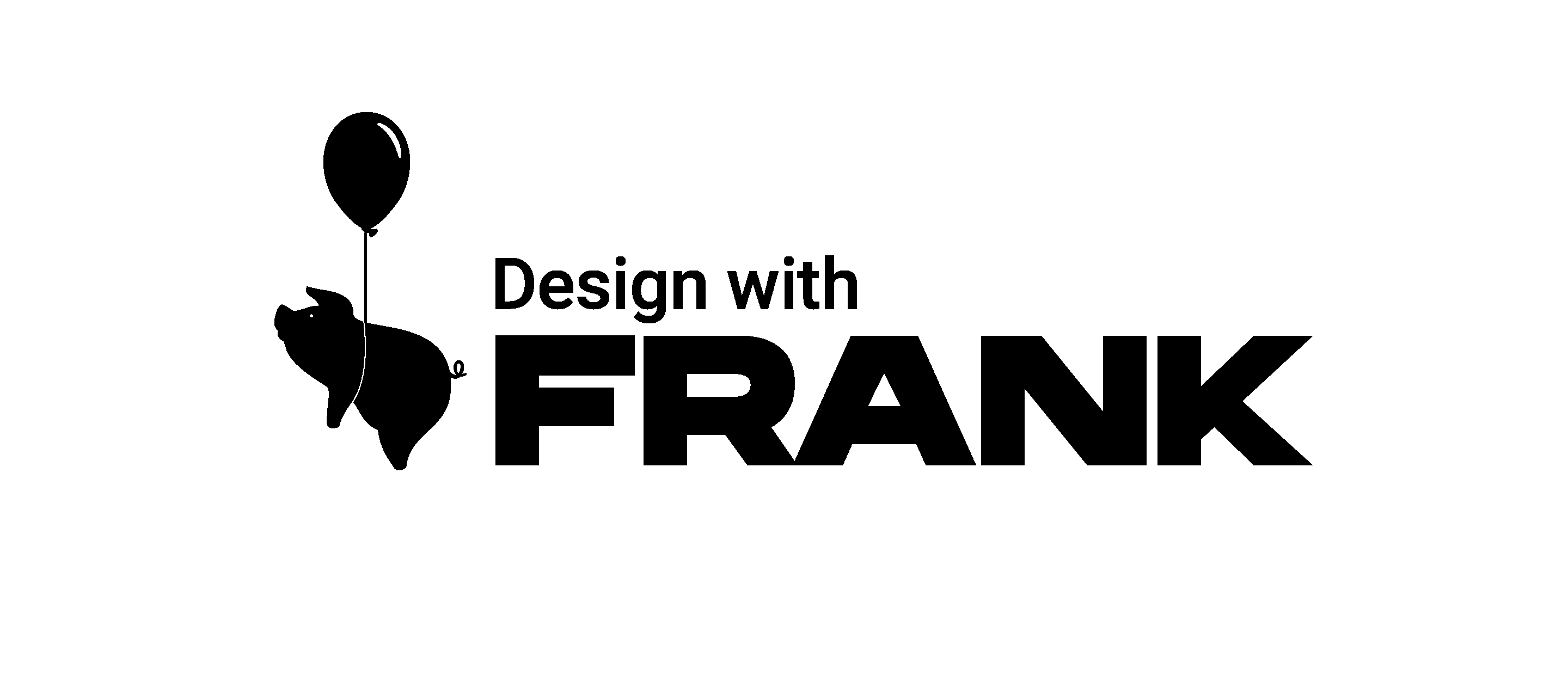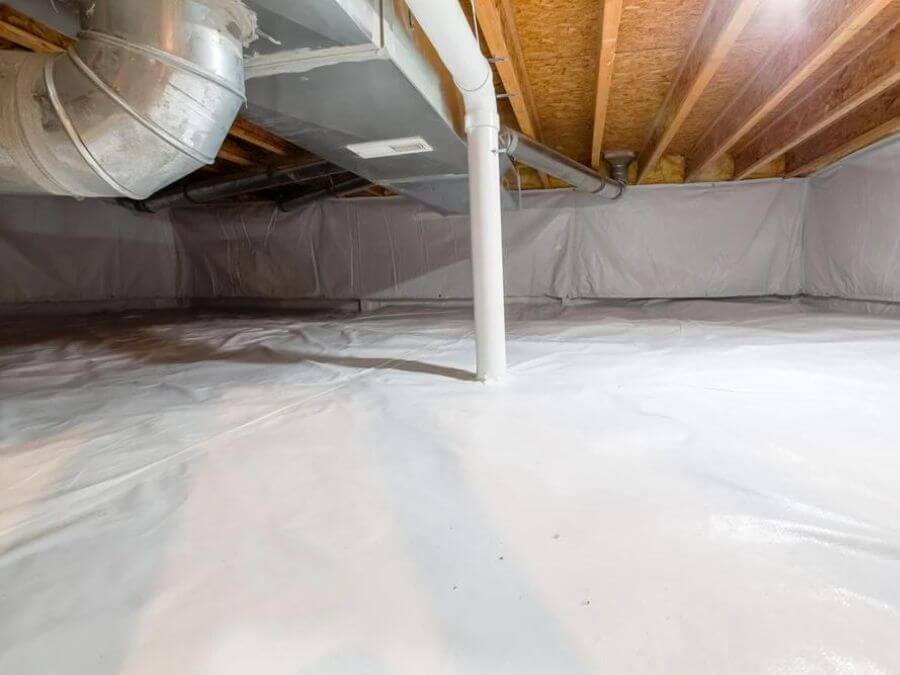Learn to build sustainable homes
Building a sustainable home is often a priority to many home builders in the present day. When constructing your home sustainably, you consider the impact on the environment. Consequently, you minimize your footprint and ultimately create a more durable, reliable, and superior-quality home for generations to come. What is sustainable building? Sustainable―or “green”―building means designing and constructing efficient and durable houses that use fewer resource, are healthy to live in, and are affordable.
When embarking on your sustainable home-building journey, there are a handful of critical factors to consider when building sustainability in your design. Below are a handful of critical components consider when designing your sustainable home.
1. Powering green home with renewable energy
Powering and building your home with renewable energy minimizes your ecological footprint while also proving cost-effective. Incorporating renewable energy into your home’s design can power your electricity, water heating, and even cooling systems. FRANK recommends a few concrete ways to harness renewable energy efficient sources in your home:
-
Solar panels can harness the sun’s energy to provide your home’s electricity. Significant advancements have been made in solar energy in recent years, allowing some homeowners to completely power their homes off the grid. Additionally, the average cost of solar panels is nearly half what it was a decade ago. The investment in solar energy is cost-effective and highly-sustainable
2. Windows for maximum natural light (and heat)
Designing a home with plenty of windows and doors for building materials will optimize natural light and reduce the need for electricity. Purposeful orientation and properly placed windows can capture the sun’s energy to heat the home during cold winter days and keep the sun’s rays out during warmer summer months. Adding a low-emission coating to the windows will also conserve heat in the winter and keep your home cool in the summer.
Double-Pane windows or even triple-pane windows can significantly reduce energy-efficient transfer. The extra panes of glass help your home effectively regulate temperature through the seasons.
How is the house orientated on the site?
The site condition of the house is an essential factor. When building in the northern region, it is best to orientate the house on the south side of the site, and when making on the southern atmosphere, it is better to orientate the house to the north.
The bedroom area is better to face the east, and the living room is better to face the west. At FRANK, we look at our clients' site conditions before designing.
3. Sustainable home insulation
Quality insulation is key to building a sustainable home. R-values in insulation refer to resistance to heating through a substance. Insulation is caused by capturing air molecules. The more air pockets, even though smaller in size, the better insulator the material becomes. Based on this principle, blown-in cellulose has become even more effective. It was excellent insulation prior, but now technology has taken it further to produce one of the best products on the market today in insulation.
Dense pack cellulose insulation makes for green building, non-toxic, and sustainable home insulation instead of foam or fiberglass. Cellulose insulation is typically made of recycled materials like paper, cardboard, hemp, wool, or newspaper. Designing a home with cellulose insulation will ensure minimum air infiltration and can protect against fire, mold, and insects. Dense-packed cellulose takes insulation to a newer level and should be considered part of a sustainable house. It is a great insulator with excellent resistance to heat or cold passing through.
4. Eco-friendly heating system
Novice home builders may be overwhelmed at where to begin when selecting a heating system for their home. It is also common to overestimate the necessary heating unit size for their homes. Choosing a heating unit that is too large can waste valuable heat and energy. However, incorporating the correct size into the plan can help operate your home with maximum energy efficiency, creating long-lasting sustainability. Using a BTU calculator (British Thermal Unit) can help determine the correct appliance size.
Additionally, state-of-the-art heating systems are a great way to incorporate sustainability into your design further. Radiant floor heat and mini-splits are highly effective, cost-reducing, and eco-friendly solutions.
Radiant floor heat is an incredibly comfortable and eco-friendly solution to heat your home. The system essentially circulates warm weather in tubes underneath your floors to heat the room. It is highly controllable but requires a specialized designer to install it.
Mini-splits use heat pump technology and possess the dual capability of both heating and air conditioning. Each mini-split has its own zoned areas, which makes it easy to obtain just the precise heating and cooling for each specific area of your home.
5. Durable flooring
Incorporating durable flooring like hardwood or polished concrete into your home is aesthetically pleasing and contributes to minimizing the eco-footprint of the overall design. Concrete flooring is an inexpensive and sustainable flooring solution as it is incredibly durable and never needs replacing.
Hardwood flooring such as bamboo or reclaimed wood can also be a durable and green flooring option. Both concrete and hardwoods can also be customized to your home’s decor, integrating style without sacrificing sustainability.
6. Air Quality
Doors, windows, vents, louvres, and other openings are used in passive ventilation to let fresh air rise into your home and exhaust stale air. As a result, your home will have better air quality and less condensation, mildew, and mold growth. It will make heating your home throughout the colder months simpler and more effective.
In order to maintain a healthy interior environment and a sustainable home, ventilation is essential. Ventilation functions best when air has free-flowing, uninterrupted paths through your house. By creating open floor plans or adding high vents or other openings between rooms, you may maximize air movement. When cooling is necessary, windows or other high-level or upper-level apertures can be opened to let heating air out. Well-planned passive ventilation in the wintertime purifies the air in your home without causing drafts or losing too much heating. In conjunction with renewable heating and cooling, smart thermostats can help control the overall energy usage in the home by adapting and optimizing heating and cooling output. Invest in eco-friendly appliances Alongside heating and cooling, appliances are generally one of the top energy consumers in the home.
Energy Recovery Ventilation (ERV) and Heat Recovery Ventilator (HRV)
As the saying goes, "Necessity and cost savings are the mother of invention." New construction uses materials and methods that have produced a nearly impermeable structure in an effort to stop drafts. Modern homes are so airtight that the external air flow that balanced the pressure inside and outside has been stopped. This includes the ambient humidity and clean air. An HRV, often referred to as a Heat Recovery Ventilator, is an addition to your existing forced-air system that uses the heat from the stale indoor air to pre-heat the fresh outdoor air before circulating it around your home to create a comfortable indoor climate. This is perfect for cold climates. During the summer, an HRV will pre-cool outdoor air by removing humidity and heat. In any case, this lowers the energy requirement to warm the inside air to a comfortable temperature, saving the homeowner money on energy.
Energy Recovery Ventilation is referred to as ERV. It performs all of the functions of an HRV while additionally capturing moisture. In the colder months, an ERV will remove the humidity from the inside air being extracted and transfer it to the entering air.
Partnership in sustainability
The idea of building a sustainable home goes hand in hand with the designer that you choose to help you with your project. From start to finish, your design and build team should share completely in your vision for a sustainable home. Your best asset to help you determine a course of action is a good designer known for using eco-friendly products and procedures.
Design with Frank takes the mission of sustainability in homes to heart. By using less energy and natural resources, FRANK can help make your new home and the planet a better place. FRANK home designs are created with ecological sustainability in mind and will be the perfect starting point for your sustainable build project. Contact our team today to create a partnership to pursue sustainability for your new home.



